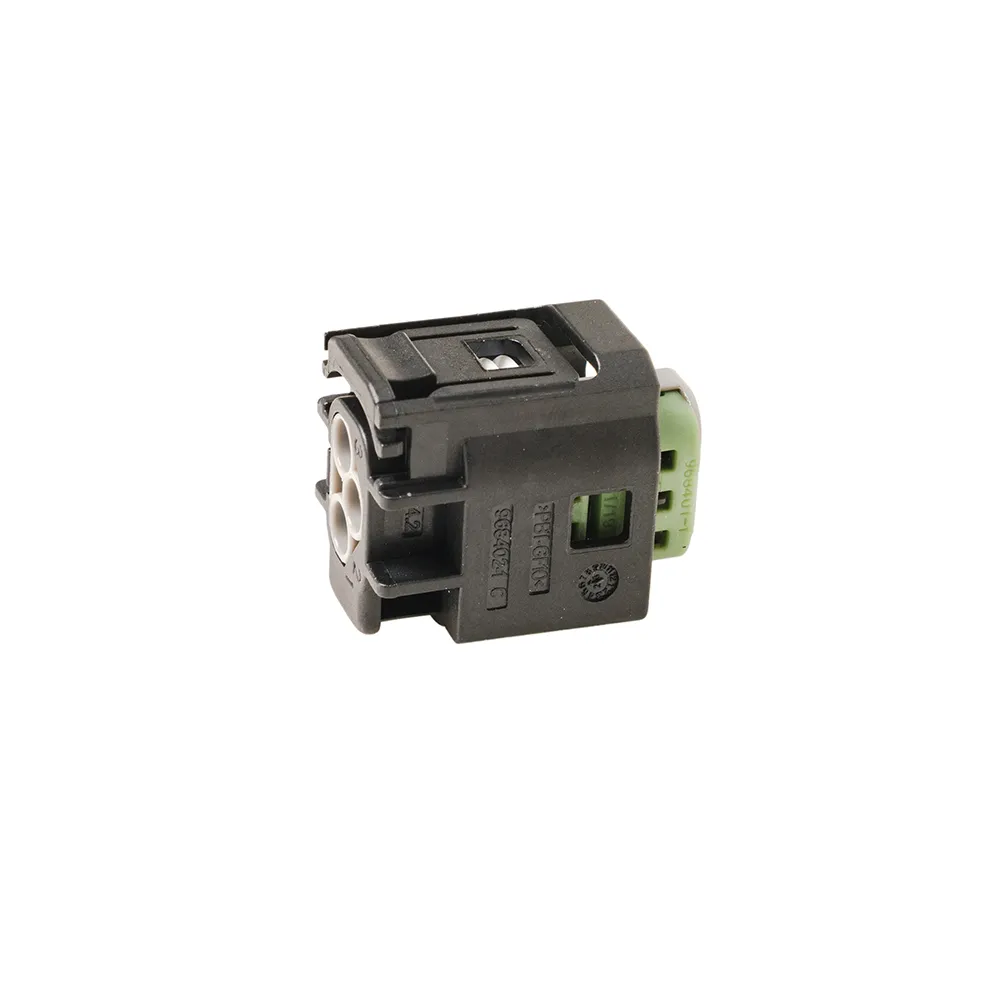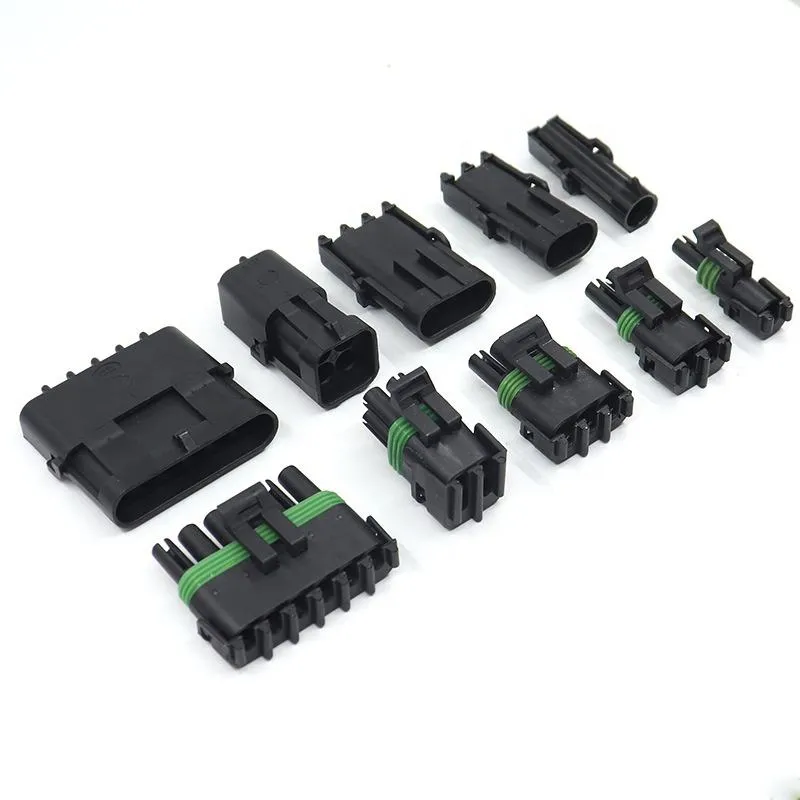Challenges of high temperature environments on automotive connector housings
Automotive connector housings face multiple challenges to work reliably for a long time in harsh high-temperature environments. First, high temperatures accelerate the aging and degradation of materials, resulting in reduced mechanical strength and dimensional stability of the housing. Second, high temperatures may also cause thermal deformation and cracking of the housing, affecting the normal use of the connector. In addition, in high-temperature environments, the coating and protective layer on the surface of the housing may also fail, accelerating the process of corrosion and oxidation.
Automotive connector housings need to work reliably for a long time in harsh high-temperature environments. The ambient temperature in the engine compartment, gearbox and other parts can reach more than 150°C, which places high demands on the housing material and design. How to select suitable materials, optimize structural design, and improve surface treatment technology are the key to improving the high-temperature resistance of automotive connector housings.

Material selection
Material selection is the basis for improving the high temperature resistance of automotive connector housings. Commonly used housing materials include engineering plastics, aluminum alloys, zinc alloys, etc.
Engineering plastics: Such as PBT, PA66, etc., have excellent electrical insulation and mechanical properties, but relatively poor high temperature resistance, and the long-term use temperature is generally below 120-150°C. Adding fillers such as glass fiber can improve the heat resistance of engineering plastics.
Aluminum alloy: Aluminum alloy has excellent thermal conductivity and molding processability, but there are corrosion problems, and surface treatments such as anodizing or spraying are required. The application of aluminum alloys in connector housings is increasing.
Zinc alloy: Die-cast zinc alloy has high strength, but poor high temperature resistance and is prone to creep at high temperatures. Alloying and other methods are needed to improve its heat resistance.
When selecting materials, in addition to considering high temperature resistance, factors such as cost and processability must also be taken into account. By adding fillers, modification and other methods, the heat resistance of the material can be improved to a certain extent.
Optimized design
Optimizing the structural design of the shell can alleviate the adverse effects of high temperature environment to a certain extent. The main measures include:
- Increase the heat dissipation area, such as setting heat dissipation ribs and heat dissipation holes, to promote the heat dissipation of the shell.
- Reduce the wall thickness to reduce the concentration of thermal stress. However, too small wall thickness will reduce the strength of the shell, which needs to be balanced.
- Avoid stress concentration, such as sharp corners, notches and other stress concentration areas are prone to cracking at high temperatures, and need to be rounded and chamfered.
- Reasonably set up thermal insulation structure, such as setting a heat shield or insulation layer between the shell and the internal high-temperature components to reduce the heat of the shell.
- Use flexible connection design, such as floating installation, flexible connection belt, etc., to reduce the impact of high temperature deformation on connection reliability.
Surface treatment and protection
Surface treatment and protection of the connector shell can improve its high temperature resistance. Common surface treatment and protection methods are:
Coating: Applying high temperature resistant coatings such as polyimide and fluorocarbon coatings on the surface of the shell can insulate and prevent oxidation. However, the coating will also age and fail under long-term high temperatures, and needs to be checked and replaced regularly.
Anodizing: Anodizing the aluminum alloy shell to generate a dense aluminum oxide protective layer to improve corrosion resistance and heat resistance.
Metal plating: Plating metal protective layers such as chrome and nickel on the surface of the shell to improve corrosion resistance. However, the plating is prone to oxidation and cracking at high temperatures, so please pay attention.
Heat shield: Set a heat shield outside the shell to block direct radiation from high temperature environments and reduce the shell temperature. Heat shields are mostly made of heat-resistant materials such as stainless steel.

Automotive connector housing test verification
In order to verify the performance of automotive connector housings in high temperature environments, rigorous testing and verification are required. Common test items include:
- High temperature storage test: Place the sample in a high temperature environment for a certain period of time to test the heat resistance of its materials and structures.
- High temperature cycle test: Cycle the sample alternately between high and low temperatures to test its ability to resist temperature shock.
- High temperature and high humidity test: Test the sample in a high temperature and high humidity environment to assess its performance in extreme environments.
- Vibration and impact test: Apply vibration and impact loads to the sample in a high temperature environment to test its mechanical properties.
- Salt spray test: Spray salt spray on the sample in a high temperature environment to test its corrosion resistance.
The test conditions and requirements refer to the standards of various vehicle manufacturers or industries, such as USCAR, LV214, etc. Through testing and verification, the adaptability of the automotive connector housing in a high temperature environment can be fully evaluated, providing a basis for material selection and structural design, and continuously improving product performance.

